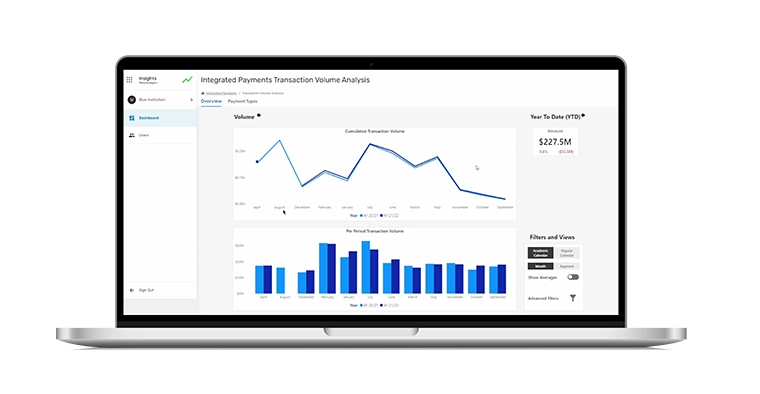
Transforming fragmented data sources – from financial metrics to student performance data – into actionable intelligence
Higher education is facing a new reality. As enrollment numbers fluctuate and budgets contract, colleges and universities must either embrace data-driven decision-making or risk obsolescence. The implementation of sophisticated data analytics platforms has evolved from a mere advantage to an essential survival tool.
Modern universities compete not only through academic excellence but through operational innovation. This chasm between acknowledging data's importance and successfully implementing data-driven strategies threatens many institutions' viability. So much so that three important bodies in higher education, The Association for Institutional Research (AIR), EDUCAUSE, and the National Association of College and University Business Officers (NACUBO) created the Change with Analytics Playbook to showcase the power of data and analytics to make better decisions and fulfill their institutional missions.
Modern analytics platforms transform fragmented information – from financial metrics to student performance data – into actionable intelligence. These systems demolish traditional departmental barriers, revealing crucial patterns that drive institutional success.
Western Washington University implemented a comprehensive data system to pinpoint inefficiencies, predict enrollment trends, and allocate resources more effectively.
Western Washington University exemplifies this transformation. By implementing a comprehensive data system, the institution has revolutionized both its day-to-day operations and strategic planning. Viewing its operations through the lens of aggregated data, they have been able to pinpoint inefficiencies, predict enrollment trends, and allocate resources more effectively.
The sophistication of these platforms extends beyond mere data collection. Advanced analytics engines uncover subtle patterns invisible to human analysts, from student success indicators to optimal financial aid strategies. This capability transforms university administrators from reactive problem-solvers into strategic planners, anticipating and addressing challenges before they materialize.
In today's fiercely competitive academic landscape, where institutions vie for students, funding, and prestige, this predictive capability proves invaluable. Universities leveraging comprehensive data analytics navigate changes with evidence-based confidence while enhancing student outcomes. Here are some examples:
Strategic enrollment management: Universities can deploy predictive analytics to identify and recruit high-potential students, diversifying their applicant pools and strengthening incoming classes. College administrators face a paradoxical challenge: while the Common App and test-optional policies have led to a surge in applications, overall enrollment continues to decline, making it crucial for universities to leverage predictive data analytics to identify candidates most likely to succeed at their institutions.
Only 76% of full-time U.S. university students persist to their second year of college, but patterns in tuition payments, class attendance, and campus engagement can help.
Enhanced student success: Through sophisticated analysis of academic performance, campus engagement, and payment systems, institutions identify at-risk students early and intervene before they drop out.
Only 76% of full-time U.S. university students persist to their second year of college. Predictive analytics allow schools to examine patterns in tuition payments, class attendance, and campus engagement, enabling timely interventions like financial counseling or flexible payment plans.
Optimized resources and campus services: Comprehensive facility usage analysis optimizes everything from classroom scheduling to energy consumption, generating substantial cost savings while improving campus operations. Meal plan and campus commerce systems with real-time tracking and inventory management capabilities allow colleges to make data-driven decisions on everything from what snacks to offer at the rec center to seamlessly integrating reusable container programs into dining services.

Ian Ashworth, Director of Product Management at Transact Campus
The next decade will likely see a widening gap between institutions that successfully leverage data analytics and those that don't. While the implementation challenges are real, they're not insurmountable. As more universities bridge the gap between recognizing data's importance and actually deploying effective systems, they're discovering that the true value lies not in the technology itself, but in how it transforms decision-making and student outcomes.




